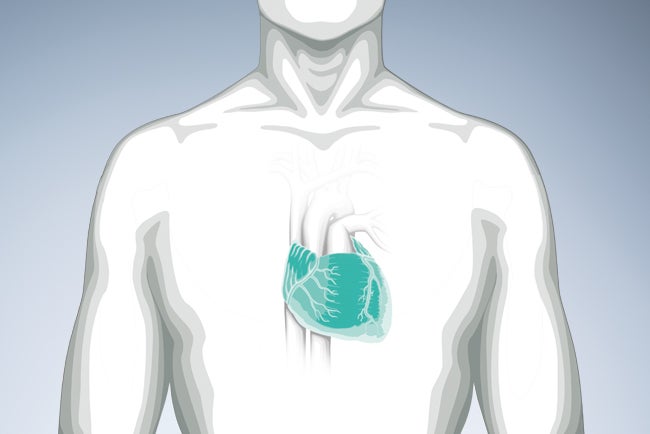A matter of heart
How stents and balloon catheters impact quality of life
"Pain like you can't imagine," says Günter Preiss. The 82-year-old Berlin resident not only grimaces at the memory, but also involuntarily places his hand on his heart. And no wonder, because that's the point, his personal "matter of the heart," which has plagued him for nearly 30 years. Preiss was 56 when he had his first heart attack.
Stories like these show how much heart attacks affect patient’s lives. However, he is alive and continues to benefit from medical progress. Stents and balloon catheters provide a less invasive treatment, for example.
The focus of angioplasty is to widen narrowed blood vessels with stents and balloon catheters, which provide minimally invasive treatment. The stent itself offers no guarantee that it will keep blood vessels open and the blood flowing, and it can even cause the blood vessels to narrow – a restenosis. B. Braun helps reduce the risk of narrowing by coating stents with medications. B. Braun's latest innovation in this arena is the coated drug-eluting polymer-free stent called Coroflex® ISAR. B. Braun developed it in close cooperation with the German Heart Center in Munich, Germany.
"This product provides a controlled release of the drug sirolimus in order to prevent restenosis. The coating, together with the drug, is completely absorbable within three months, which should significantly reduce the risk of later inflammatory reactions," explains Dr. Jorge Calisse, who is responsible for stent development at B. Braun Vascular Systems in Berlin. Over the years, B. Braun has established itself as one of the leading European manufacturers of products for interventional angioplasty. For up to twelve months, the patient must also take medication that keeps platelets from clumping in order to prevent dangerous blood clots from forming in the stent. If this is contraindicated, then it makes sense, depending on the disease, not to implant a stent in the first place.
System partner in cardiology
Instead, the doctor can place and inflate the drug-coated SeQuent® Please NEO balloon catheter along the vascular occlusion, another innovation by B. Braun, along the vascular occlusion. The balloon surface then releases a growth-inhibitory drug, achieving sustained vasodilatation without implanting a stent. The treatment is performed under local anesthesia and the patient can leave the hospital soon after the procedure. "It is a minimally-invasive, non-surgical technique used to dilate narrowed or blocked blood vessels mechanically," explains Dr. Fleck. The treatment is performed under local anesthesia and the patient can leave the hospital soon after the procedure.





